The first rifle I ever bought was a Ruger 10/22 in the standard configuration, now known as the Carbine model with the plain wood stock. I modified that rifle immediately with a Volquartsen barrel and Hogue Overmold stock and had lots of fun shooting it at the range.
I eventually stopped taking it to the range as my interests moved on to other rifles (Curio and Relics military surplus rifles) and eventually High Power Service Rifle competition. After I stopped competing and got back into casual shooting, I never really went back to shooting the 10/22 and .22LR rimfire.
But anyone following my Range VLOG series will have noticed that I have been shooting significantly more rimfire .22LR in the past several months after acquiring a CZ 455 in late 2017 and a Vudoo Gun Works V-22 this year.
The reasons why I have been doing so also factor into why there has been a surge in .22LR rimfire rifle shooting in the past couple of years. The underlying reasons why I have been shooting rimfire .22LR as my main practice cartridge are:
- More effective practice at short to midrange distance shooting facilities
- Less expensive ammunition compared to centerfire
- Saving / extending barrel life on centerfire rifles
My primary range is basically 100 yards maximum due range logistics (needing to close bays to shoot further distances). My secondary range which is a bit of a drive for me goes out to 600 yards. Given those logistics, shooting 100 yards does not give a shooter any real practice benefits with centerfire rifle. Unless you are load developing, there is no reason to be shooting 100 yards off a bench or even prone (perhaps except for competitive benchrest shooters).
Also, 100 yards is so short and doesn’t offer any real benefit for practice sessions in terms of wind or other external weather factors.
I will also argue that there is not much benefit practicing 200 yards and under with centerfire rifle unless you’re shooting non-traditional and/or unsupported positions (e.g. barricades, sitting, NRA standing course of fire, etc.).
400 to 600 yards is a bit more challenging, but lots of people use centerfire loads with high ballistic coefficients cutting through wind so efficiently that it even makes 600 yard prone easy in all but the more extreme weather conditions.
Rimfire .22LR offers better practice for 100 yard flat ranges. 50 yards is about the point where most rimfire rifles will shoot well even with wind variance. But between 50 and 100 yards is when wind has significant impact on a .22LR round. Thus, 100 yard rimfire .22LR shooting will maximize a shooter’s use of time when practicing at the range.
If a shooter is fortunate to have 200 yards available, then this makes for even more opportunity for wind practice. 300 yards plus offers the rimfire .22LR shooter to really delve into Extreme Long Range (ELR) equivalent shooting without having to go out to a location with beyond 1000 yard distances.
I generated some basic drop data for 40gr .22LR (SK Rifle Match) at 1095 fps, a 175gr 30cal (.308″) Sierra Match King (.308 Winchester) at 2600 fps, a 140gr 6.5mm (.264″) Hornady ELD Match (6.5mm Creedmoor) at 2710 fps, and a 225gr 30cal (.308″) Hornady ELD Match (.300 Norma Mag) at 2850 fps. These samples are equivalent to factory ammunition specifications.
The following table shows the distance each cartridge travels for a given bullet drop in milradians, starting from the zero distance (100 yard zero for the centerfire cartridges, and 50 yard zero for rimfire).
Comparing how these four rounds drop based on 0.5 MIL increments and what distance (in yards) each one is at gives you an idea of how .22LR equates to centerfire when scaling training to shorter distances.
For example, you can see in the above table that .22LR at 281 yards has the same amount of drop as .308 Winchester at 993 yards, a 6.5mm Creedmoor at 1133 yards, and a .300 Norma at 1331 yards. So from a 1000 yard practice mentality, shooting .22LR rimfire on a 250 to 300 yard distance range provides reduced distance 1000 yard training.
Rimfire is much also less expensive in terms of ammunition making practice with rimfire more economical. A 500-round brick of SK Rifle Match is around $65 give or take depending on where you shop, giving it a cost of 13 cents per round. A 20-round box of Federal Gold Medal Match .308 Winchester 175gr is about $20 yield a cost of $1 per round. A 20-round box of Hornady 6.5mm Creedmoor 140gr ELD Match is around $25 for a cost of $1.25 per round.
13 cents per round vs $1 per round definitely tips the benefit scale to .22LR rimfire.
Even with Lapua Center-X at roughly $100 per 500-round box for a cost of 20 cents per round is still less expensive than centerfire.
Of course, many shooters handload. But even if costs were reduced to 50% of factory ammo over time (reuse of brass), rimfire is still less expensive than centerfire in terms of cost per round. Not to mention, it is difficult to estimate true cost of handloading when one does not factor in time spent in the handloading process (e.g. brass prep, powder charging, seating).
So rather than spending the money (and time handloading) shooting centerfire at shorter distances when practicing at a short distange range, I find rimfire .22LR more economically efficient.
Another economical factor is the issue of barrel life. The 6.5mm Creedmoor gets around 3000 rounds barrel life before accuracy begins to noticeably degrade. 6mm Creedmoor barrel life is anywhere from 50% to 65% that of 6.5mm Creedmoor depending on who you talk to.
It is very hard to equate how often in terms of months or years that a person will need to rebarrel assuming they use the same centerfire rifle. This will all depend on frequency and volume of shooting. I’m going to hazard a guess that most shooters are fairly low volume and will probably shoot 50-rounds per range session through a bolt rifle at perhaps one range session a month. That’s 600 rounds per year.
I have no hard data to substantiate this, but I’m just throwing this out there as an example. Assuming 600 rounds per year, a 6.5mm Creedmoor shooter will probably rebarrel once every five years, which is actually not frequent.
But from a training standpoint, you would expect anyone who is considering a 22LR trainer is a higher volume shooter and perhaps even a competitive shooter. Competitive shooters can vary anywhere from 200 to 500 rounds per month depending on match frequency and practice frequency. Even on the low end of 200 rounds per month, that could mean a rebarrel on a 6.5mm Creedmoor once every 15 months. For a higher speed 6mm cartridge, this could mean a rebarrel in less than a year.
As far as .22LR rimfire barrel life, this is actually sort of a mystery. There’s always been an exaggerated statement that you can never shoot out a .22LR barrel. From a certain standpoint, this is true because historically, people have only shot .22LR rimfire at 50 yards and under. So any accuracy degradation on a barrel with a lot of rounds through it may not be discernible.
I think most people will agree that rimfire barrels do last longer because of the lower muzzle velocities, lower pressures, lower amount of powder burn, and less heat than centerfire cartridges.
Thus, shooting .22LR rimfire reduces the cost (and possible downtime) of a shooter’s primary centerfire rifles. The money and time can add up given that quality cut-rifling blanks can cost around $350 before the cost of install, and gunsmiths can vary anywhere from one month to several months turnaround for an install.
While I have mentioned the benefits of shooting rimfire over centerfire as a training and practice platform, there is one glaring negative of rimfire. It does not have any adverse recoil.
The reason why this is not ideal from a training standpoint is that a rifle with little to no recoil allows the shooter to develop poor position characteristics that would result in sub-par accuracy with centerfire.
A case in point is High Power Service Rifle competition which is nearly always shot using the AR-15 Service Rifle platform. I personally started off with the M1 Garand and switched to the AR-15, but I never really got good with the M1 Garand in sitting and prone. I tuned my sitting position with the AR-15 and was constantly adjusting it over time.
I observed some of the junior shooters that shot in my local matches that started off shooting the M14 platform and were pretty decent with that gun in the rapid sitting stages (shooting Expert or higher scores; 90% and above). When those same shooters transitioned to the AR-15, their scores were significantly higher (High Master; 97% and above) almost immediately.
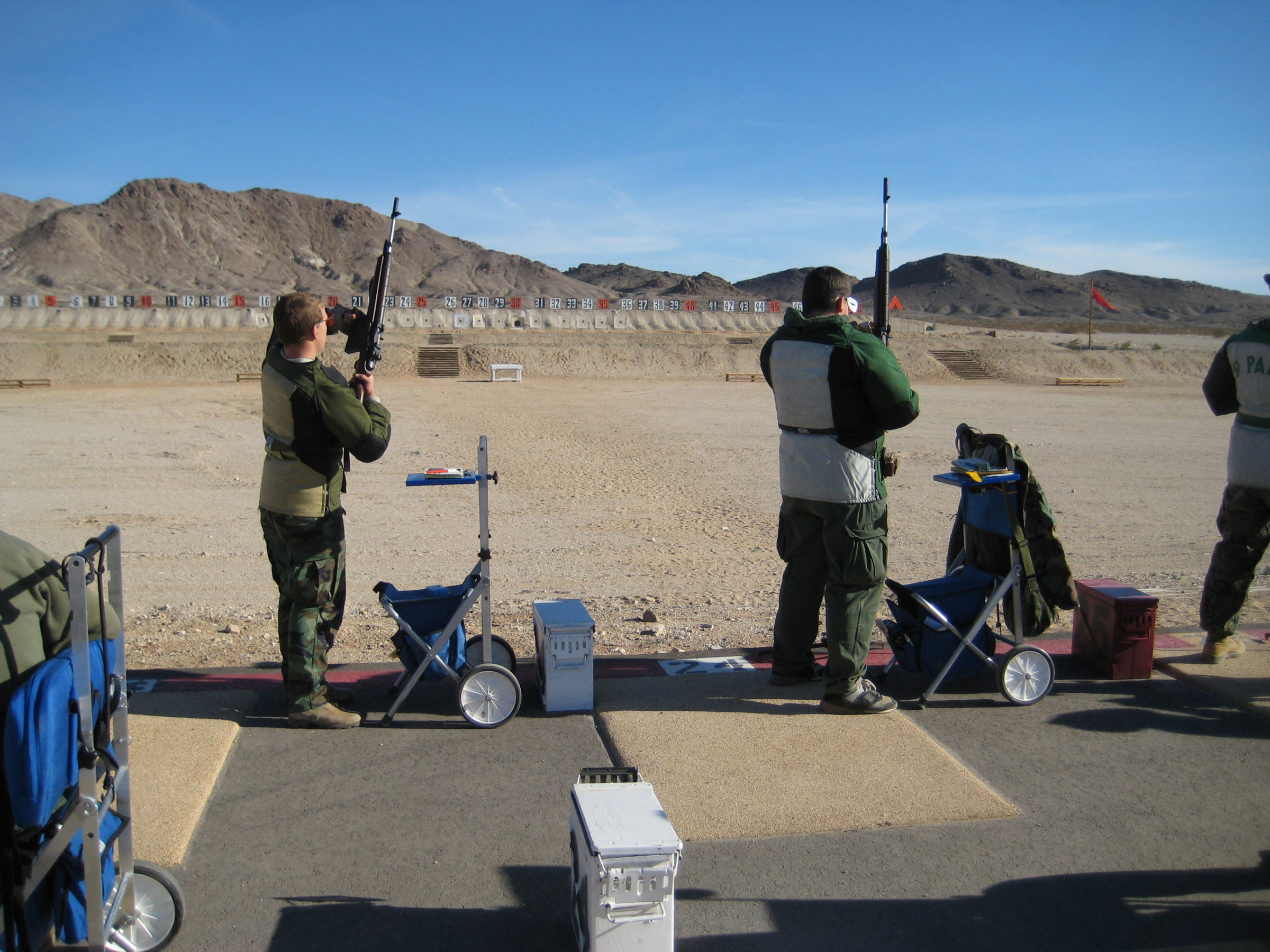
My reasoning behind this is that these junior shooters had to get the most solid sitting position to handle the harder recoil of the .308 M14 platform effectively. Thus, they already polished their sitting position before going to the lighter recoiling AR-15 platform and were able to take advantage of the AR-15 with an already well-established sitting position technique.
Marine scout sniper instructor and competition shooter Phillip Velayo makes a great point in podcasts that I listen to regarding recoil. He often practices with a .308 because that platform ensures he maintains a proper technique in various shooting positions for recoil control and management.
Circling back to rimfire vs centerfire in the precision rifle discipline, people who do not already have a good prone position with centerfire rifle will continue to exercise that same poor position in rimfire. Rimfire has virtually no recoil so shooters can get away with a lot when it comes to bad technique (e.g. improper shouldering) that will not work when shooting centerfire cartridges.
Anyway, I have rediscovered the joys of shooting .22LR rimfire thanks to the logical benefits of the cartridge and the platforms currently available to shooters.
If you are precision rifle shooter that doesn’t have easy access to a long distance range and/or want to minimize maintenance and upkeep costs on existing centerfire rifles, I highly recommend looking into shooting more .22LR rimfire. In my opinion, if your shooting range only goes out to 100 yards, then using .22LR as a training platform is a obvious solution to maintaining marksmanship.
As I close this retrospective, I highly recommend the JC Steel Targets NRL22 target package to anyone who is going to use .22LR rimfire rifle as a practical / tactical precision shooting training outlet. It is a little pricey for the entire target package, but you get a bunch of AR500 targets (12 targets plus hangers, and 4 KYL targets) that will essentially last forever. You will never wear out the JC Steel Targets with rimfire shooting.

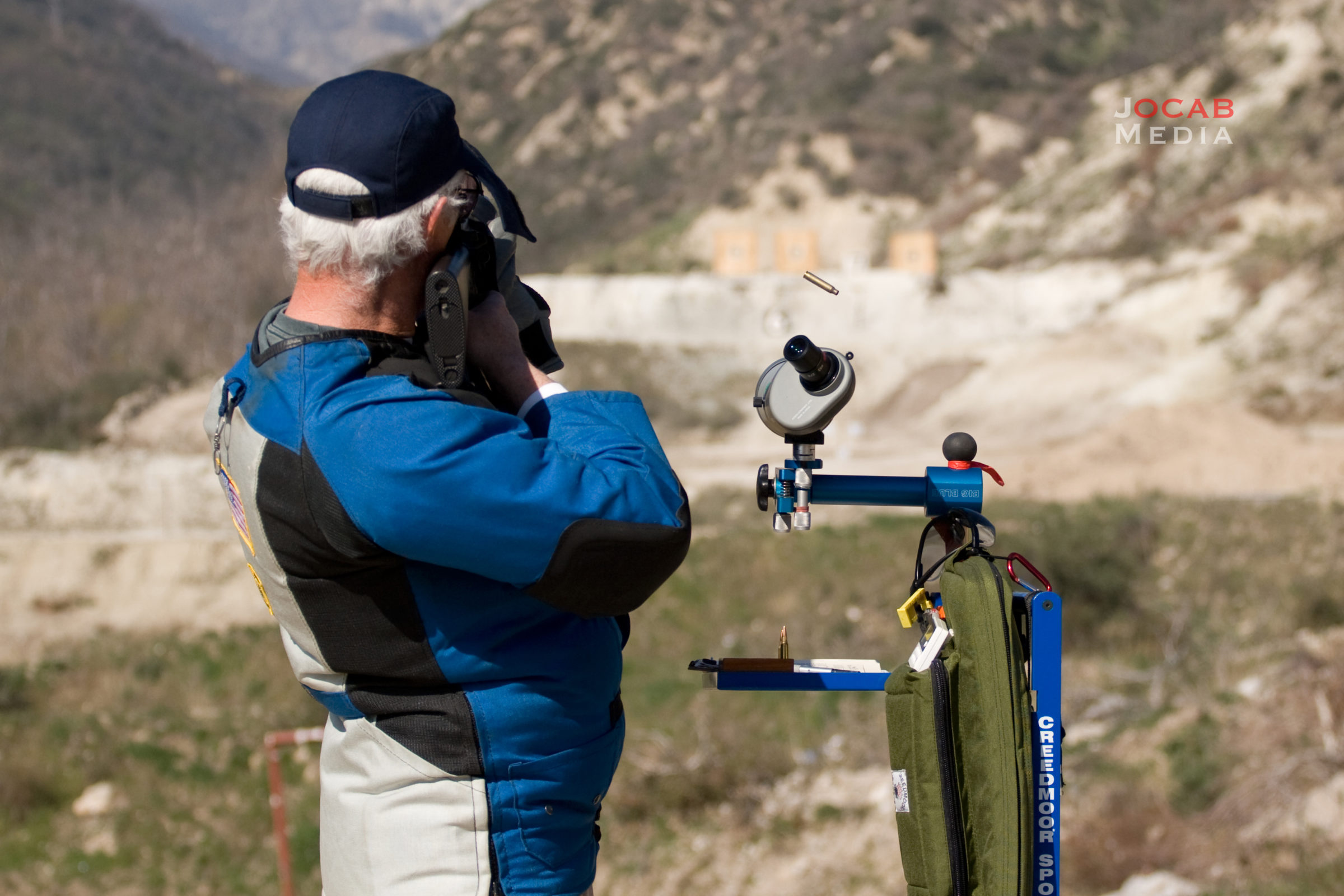
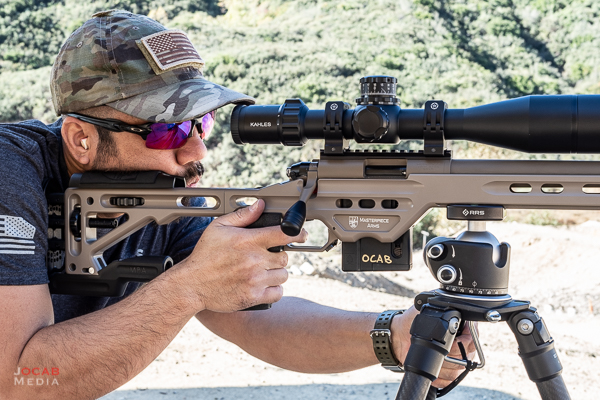
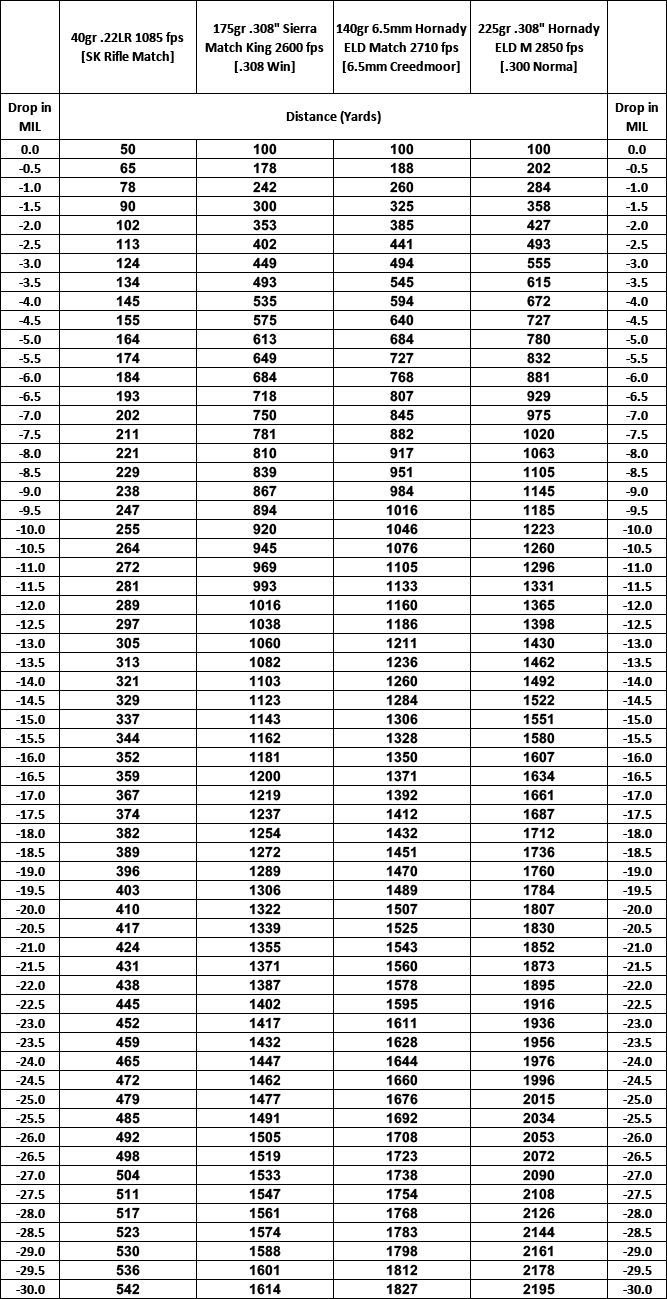
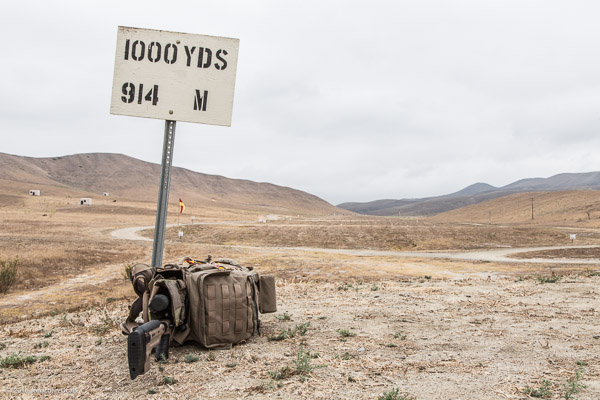
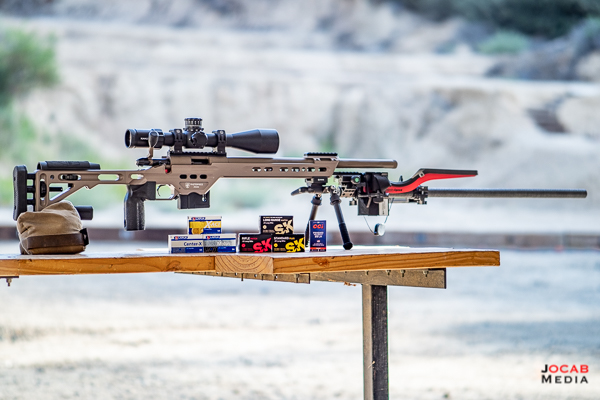
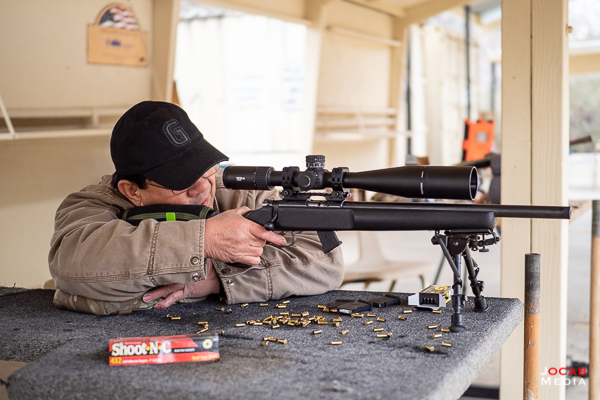
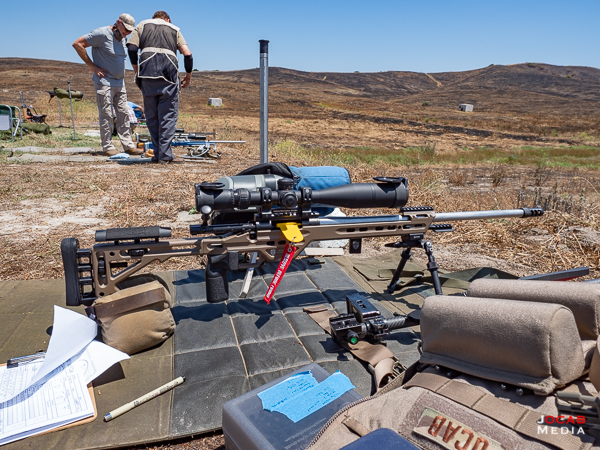
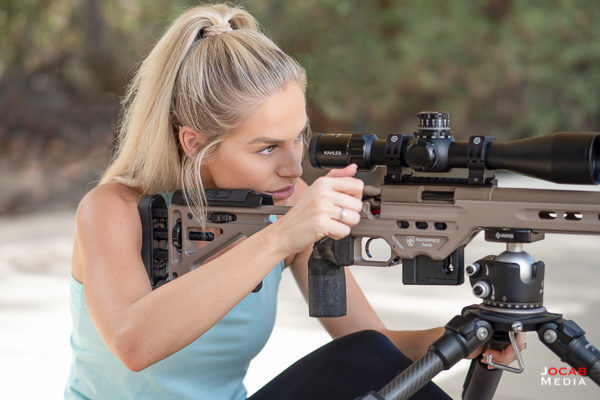
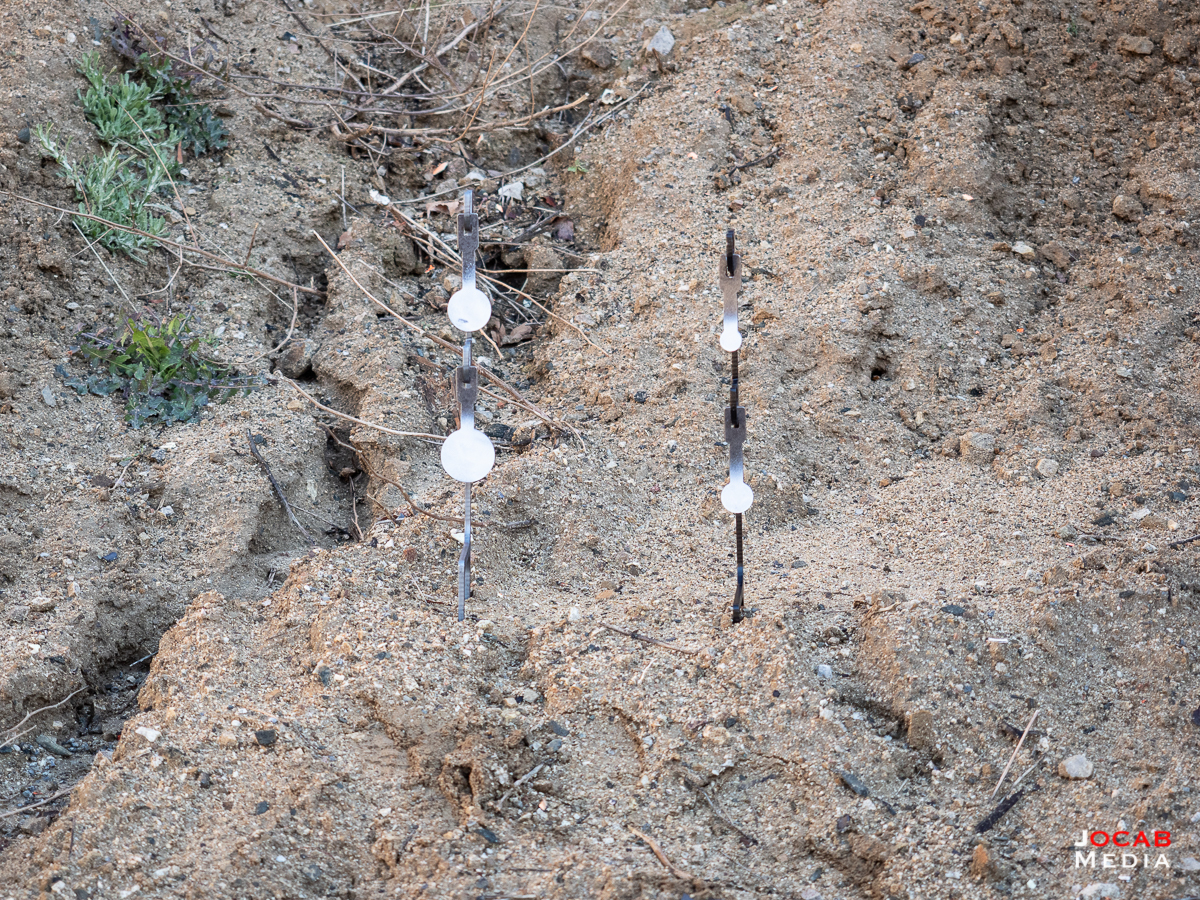
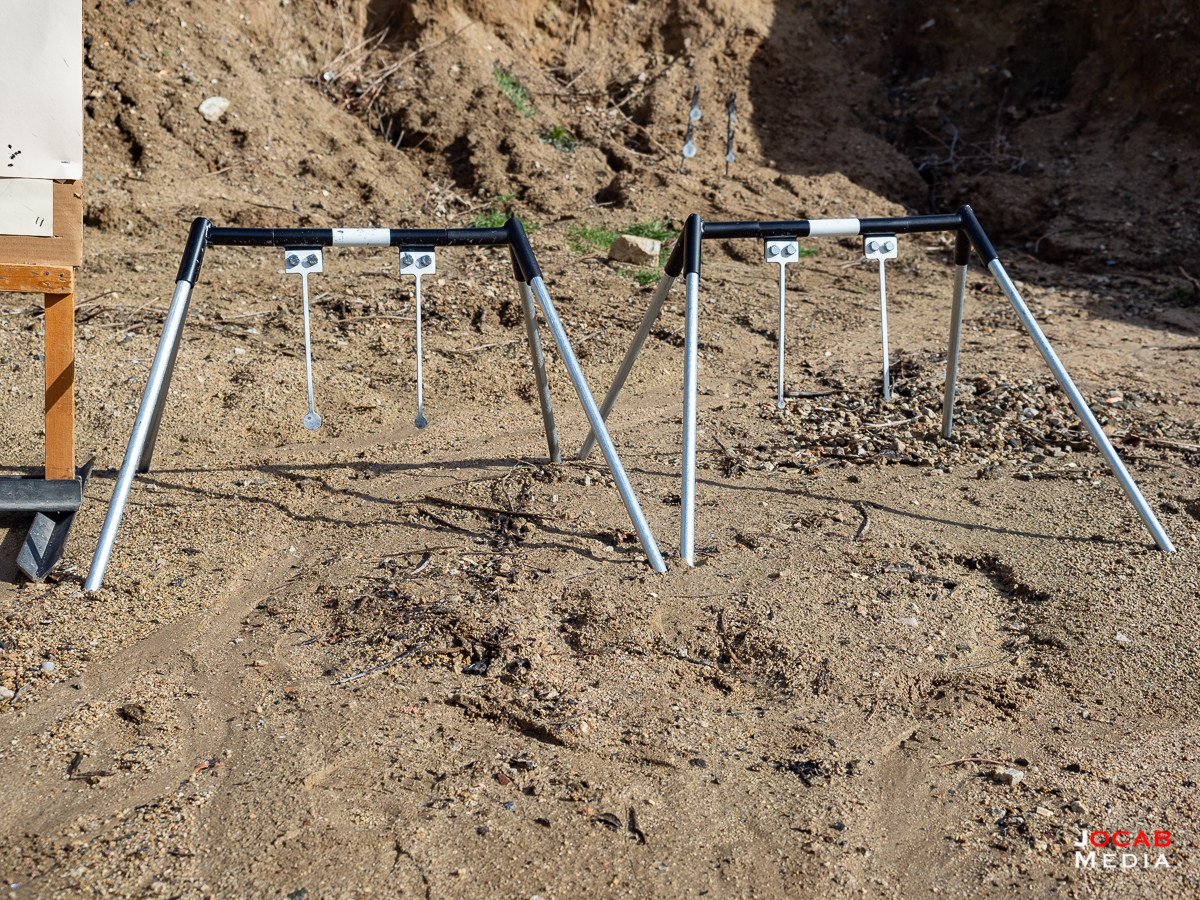
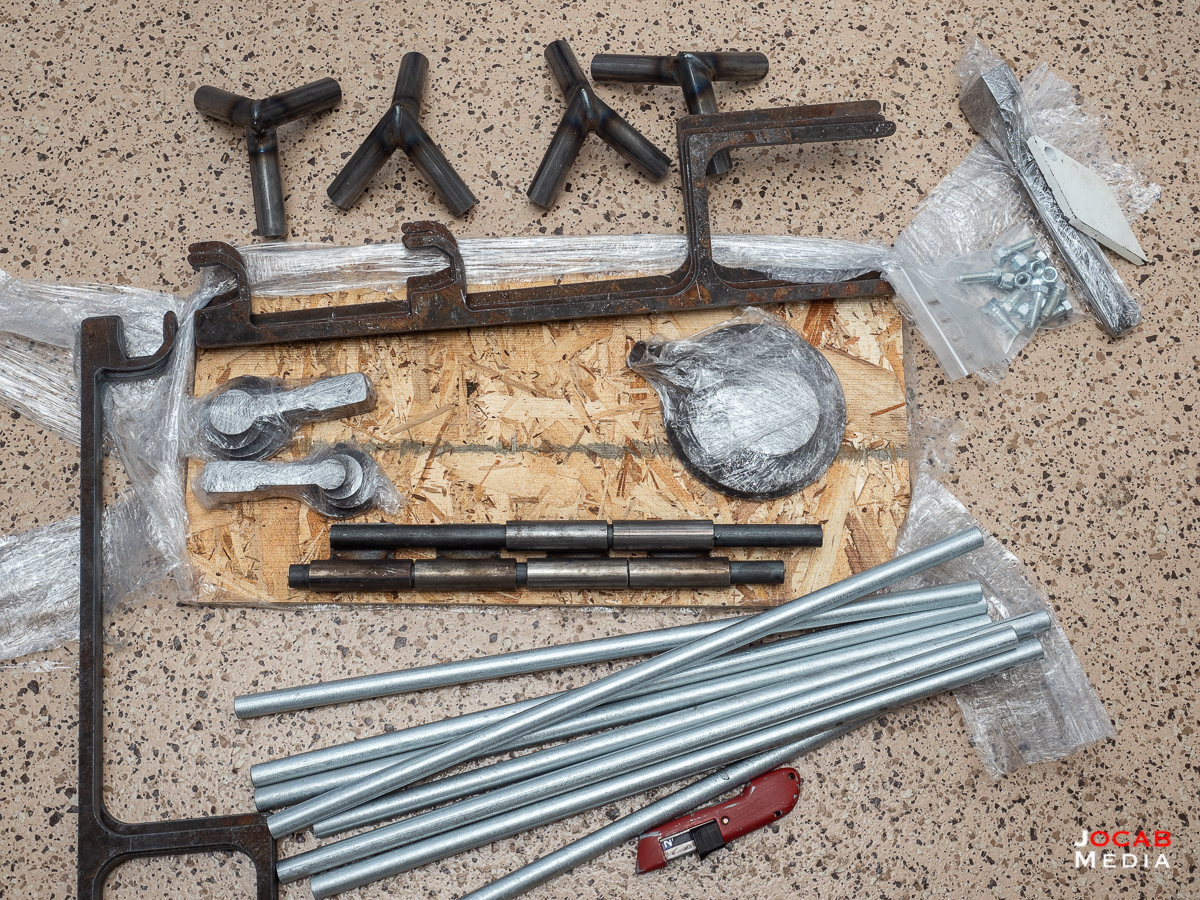
Jon Kokanovich
A wind drift comparison over distance by caliber would really be interesting also. Thanks for the work you put into these posts!
Jonathan Ocab
I actually was trying to come up with a wind drift chart, but the numbers were not lining up to what I thought looked correct. It actually looked like 22LR had less wind drift at the respective ‘scaled’ drop distances to the centerfire counterparts. Maybe I was feeding bad data into the ballistic calculator.
Don in Virginia
Thanks for the well written good information. I bought the MPA CZ457 package and am (like you) enjoying my 22 shooting more than ever. Using excellent Nightforce and S&B optics makes shooting twice as fun for me. I almost enjoy looking through ultra clear HD glass as much as punching tight groups.
What is your preferred trigger pull weight ?
Jonathan Ocab
For centerfire bolt, I have been liking 2lbs. But believe it or not, I’m running a 14 ounce trigger single-stage pull on my Vudoo (TriggerTech Diamond). It’s kind of light in terms of conventional safety is concerned, but I’ve had no issues so far.